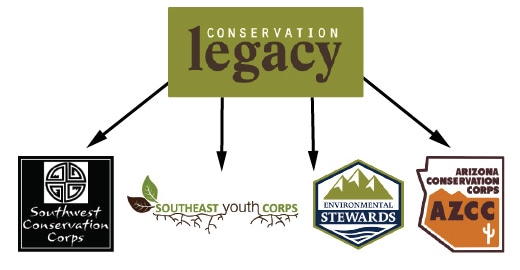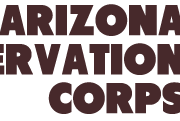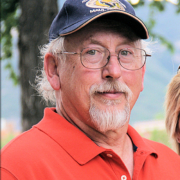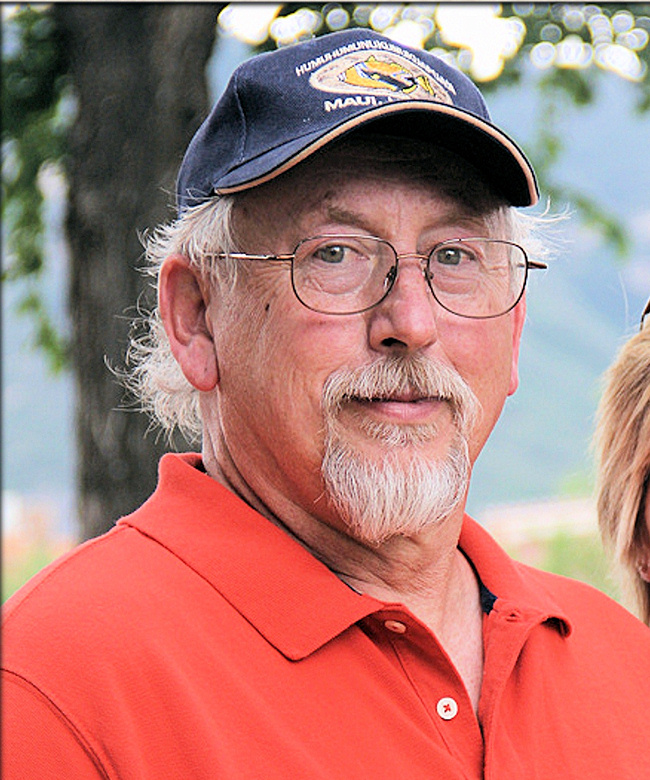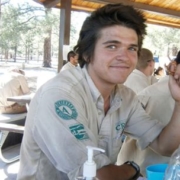
Alex Hreha admits that during middle school and high school he was “a below average student at an above average weight.” He lacked self-confidence and didn’t have much motivation for school or any kind of physical activity.
Near the end of his junior year of high school, Alex started looking ahead to another uneventful summer of mowing his grandparents’ lawn. Then a friend told him about how she spent the previous summer as a member of an environmental conservation program for youth. She talked about how she got paid to work outdoors in beautiful natural settings, but she described the work as back-breaking and exhausting. Nonetheless, Alex was intrigued by the idea of having a real job. He filled out an application and was soon officially a member of the Sedona Youth Conservation Corps, a program operated by Coconino Rural Environment Corps (CREC).
Alex was initially apprehensive about what would be required of him as a Corpsmember. He was understandably concerned about spending long hours doing physical labor in the Arizona heat. Alex didn’t have to speculate about the Corps experience for long, however; they put him right to work. It was 105 degrees on his first day and his crew was assigned to smash cement blocks that were buried in the ground next to an asphalt parking lot. Alex says he woke up the next morning with “blisters growing out of blisters,” but it felt good to come home tired after a day of productive work. He quickly discovered that he had a passion for conservation. He thrived during the next six weeks of the program, which involved doing trail maintenance, rock work, and fence construction.

By the time school started again, Alex had lost over 25 pounds and gained a completely new outlook on life. Though he had never been a stellar student before, Alex produced excellent grades throughout his senior year. He also started an exercise routine and continued to lose weight. By graduation he had lost over 50 pounds and participated in five half-marathons. He decided to continue this positive lifestyle by joining a six-month-long CREC adult program.
Alex was the youngest person on the adult crew, but he stood out as an excellent leader. The next six months simply reinforced his desire to work in conservation. Alex loved having the opportunity to travel throughout the state and help protect the natural beauty of such places as Walnut Canyon, Aravaipa Canyon, The Coronado Mountain Range, and the Sedona and Apache-Sitgreaves National Forests.
“One of my most memorable moments of the six-month term was during an intense surprise thunder storm. We were cutting trail tread into the dirt on an exposed ridge as the rain became heavier and heavier. Pretty soon it was like trying to walk in chocolate pudding, and the lightning was getting closer,” said Alex. “We continued our work and were counting the seconds between each lightning strike, when, all of a sudden, we were blinded and deafened by a massive lightning strike. A pine tree about 100 feet away took a powerful hit; it felt as if someone had shined a flashlight in my eyes and screamed in my ears. Countless moments like these engrave my memory, and my love for conservation work continues to grow.”
During a project at Walnut Canyon, Alex wandered into the visitor center and came across a black and white photograph from the 1930s that pictured the Civilian Conservation Corps members who built the stone staircases that encircle the canyon.
“I felt a deep connection inside myself and realized all the strenuous work I had completed would remain for centuries,” said Alex.
At the end of the term, Alex used his hard-earned money to move to Prescott, AZ. He enrolled in a community college with the help of his AmeriCorps Education Awards and soon received his Emergency Medical Technician certificate. During the semester, he also completed his first full marathon. Alex was staying active and learning new things, but he missed the outdoors. Shortly after receiving his EMT certification, Alex was accepted for a position as a CREC Youth Conservation Corps Mentor.
Alex had hoped to receive such a position ever since his service in CREC’s Sedona Youth Conservation Corps. He wanted the opportunity to lead new Corpsmembers and hopefully help them realize the same benefits he gained from his experience with a youth crew. Looking after a group of teenagers was a new challenge for Alex, but the two months of the program were ultimately very rewarding. There were a number of occasions throughout the summer when Alex was able to put his EMT training to use. At one point he was able to help a Corpsmember with a scratched cornea, and on another occasion he diagnosed and assisted a Corpsmember who was suffering from hyponatremia; a condition of excess heat, too much water, and not enough electrolytes.
“These terrifying moments challenged me and strengthened my overall character, and after a very successful summer I felt I had a very positive impact on my young crew,” said Alex.
Even after a summer of leading Corpsmembers through desert monsoons, working in 110 degree heat, and volunteering at an animal shelter walking 150 pound pit bulls, Alex was not done with his service at CREC. He was hired as Assistant Crew Leader of the Verde Watershed Restoration Coalition; a new invasive species removal crew. Alex was eight years younger than some of the adults on the crew, but he jumped at the opportunity to continue building his leadership skills. The three-month-long program gave Alex a chance to also learn new skills in forestry; on his fourth day of chainsaw orientation he was able to cut down a 100 foot tall Ponderosa Pine.
After the end of the program in December 2012, Alex took another 3-month-long position with CREC so he could continue to gain experience. He plans to apply for an additional 3 months of service in March 2013, and then lead another Youth Conservation Corps crew during the summer. His goal is to eventually use the rest of his AmeriCorps Education Awards to go back to school and get the credentials he needs to pursue a career in emergency medical response.
“My story would not exist without The Corps Network, and all the outstanding people involved in making programs like CREC possible. CREC and all the other wonderful corps programs provide great opportunities and memories for people across the country, and it is an amazing honor to represent all their hard work and effort. Theodore Roosevelt once said ‘Do what you can, with what you have, where you are.’ I feel a great sense of pride knowing there are tens of thousands of Corpmembers like me across the country putting all their effort into great causes. Together we make a positive impact.”

